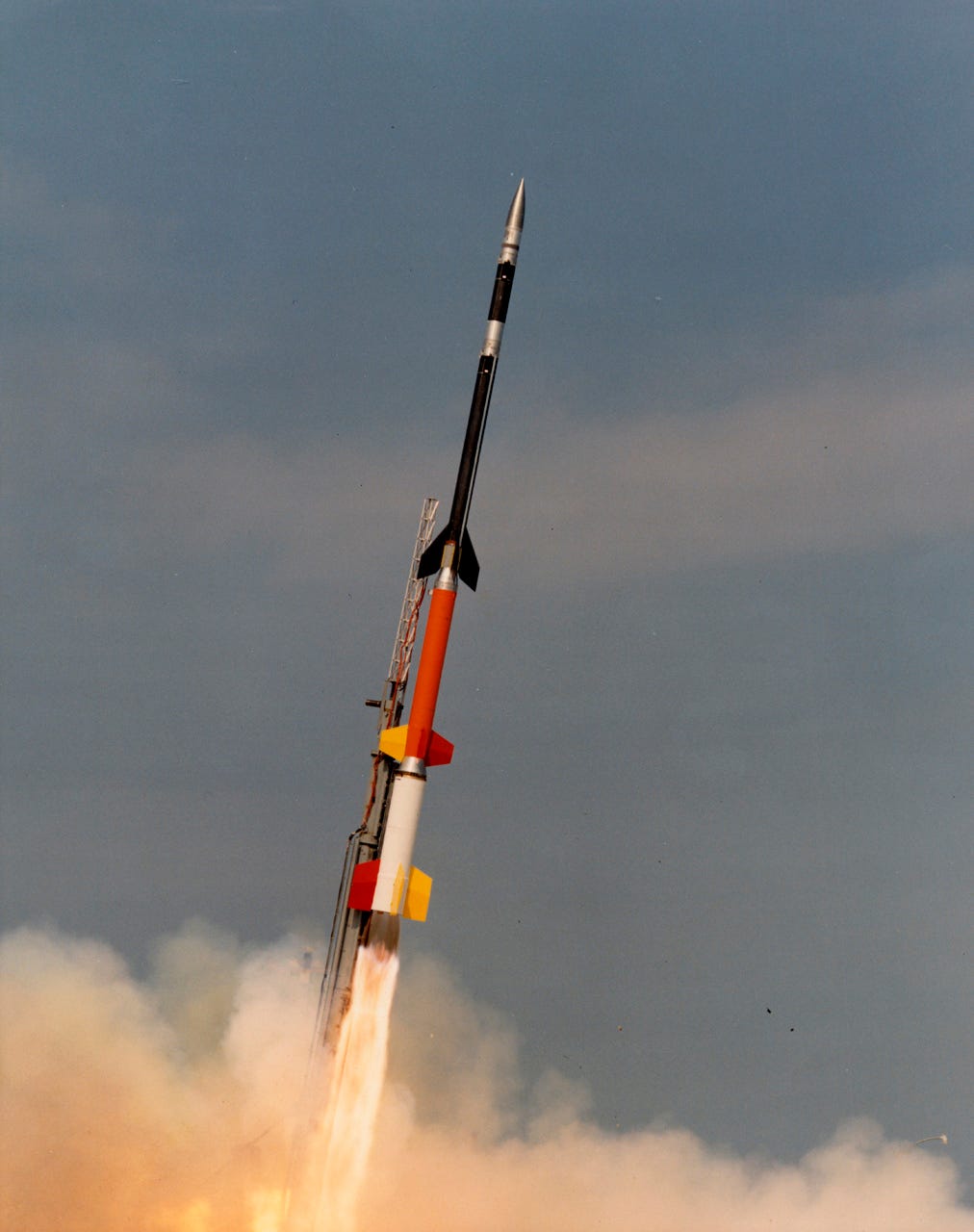TDIH: The Norwegian Rocket Incident
The world teetered on the brink of nuclear war. Fortunately, the crisis was averted at the last minute.
On this day in 1995, an aide hands a nuclear briefcase to Russian President Boris Yeltsin. Nuclear missiles were ready to go. Would Yeltsin choose to launch them at the United States? He had less than 6 minutes to decide.
The world teetered on the brink of nuclear war. Fortunately, the crisis was averted at the last minute.
The so-called Norwegian Rocket Incident began when scientists from Norway embarked on a joint venture with NASA. They planned to launch a research rocket into the atmosphere. They wanted to study the Northern Lights. It was an innocent enough project—right?! The research effort would come close to Russian air space, but the Norwegians had sent a notice to the proper Kremlin authorities, just like they were supposed to.
Everything should have been fine. Until it wasn’t.
Unfortunately, communications at the Kremlin were unorganized and Russian military authorities were never notified of the research project. Making matters worse, NASA and Norway were relying on a rocket with a radar signature that was too similar to that of an American sub-launched Trident missile.
Perhaps unsurprisingly then, when radar operators at one of Russia’s early warning stations saw the rocket on their radar, they were alarmed.
It looked like a U.S. missile, and its trajectory mimicked the one that would be used if a high-altitude nuclear blast were to be set off, blinding Russian radars and leaving them vulnerable to a more massive attack.
Russia immediately went on high alert. The Russian version of a nuclear briefcase was brought to Yeltsin. He had mere minutes to think. Would he launch a counterattack? Would he launch a missile at the rocket itself, trying to take it down?
At this point, the most interesting part of the story is missing. There is only a limited record of what Yeltsin said or what made him stop. It seems that he doubted the story: Why would the United States launch an attack at that moment in time? Soon, Russian radar confirmed that Yeltsin’s instinct had been correct: The missile headed harmlessly out to sea.
It appears that Yeltsin’s calmness in a crisis averted tragedy.
Nevertheless, controversy continued to swirl in the days and weeks that followed. What had really happened? Was Moscow making up the story in some kind of misguided bid to reassert itself? Was the story a distraction from the Chechen War?
A London newspaper summed up the confusion in those days: “From the muddle that surrounds Russia’s account of the Norwegian rocket saga, there emerge two explanations for all the fuss: either Moscow really did not know what was happening when Norway launched its rocket, and felt genuinely scared; or it knew exactly what was going on and decided to scare everyone else. Neither explanation is very reassuring.”
As it would turn out, the answer was probably the first one: Internal Russian communications had failed when they shouldn’t have. That, by itself, was a bit scary, as Nikolai Devyanin, the chief designer of the Russian nuclear “suitcase” would note.
“The safety of mankind should not depend on anyone’s carelessness,” he concluded.
Sources can always be found on my website, here.





Wow! I do not remember this incident. Yikes, I hope that near Armageddon incidents like this never happen again. A communication system needs to be failsafe and it apparently wasn't. Thank you Tara for finding another significant and yet, recent interesting event that I don't know of.
Can you imagine if this happened at a different moment in time, with maybe a less patient Russian president?